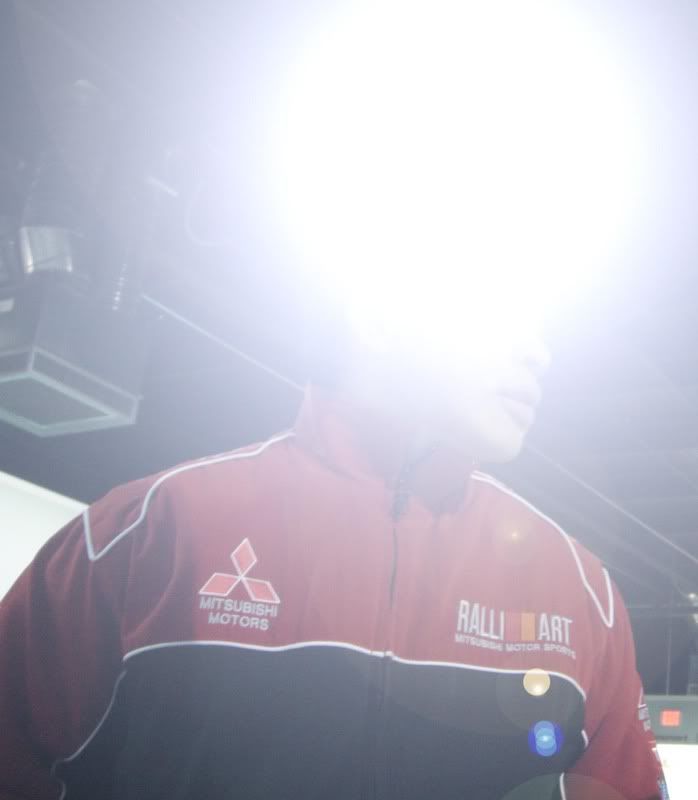
The Racing Line
It is a common myth that adopting "the classic racing line" will get you around the track in the quickest possible time! Although most of us on the road can quite easily demonstrate the racing line, unless you have experience of track driving, few will totally understand the varying situations which the racing line can be applied and adapted.
The Classic Racing Line:- The typical racing line which most can relate to is the classic geometric line, where the apex is somewhere in the exact centre of the corner. This exact line is what you would draw with a compass, using every inch from the outside edge to inside edge and back out to the outside again in a constant radius. This line is known to be "the fastest" way around a corner. However, this is only in isolation to all other factors. Although it may be the fastest way around a corner, it may not make up the best line when considering the overal package of getting the fastest possible lap time when you have to consider all other parts of the track.
The main reason why the geometric line is not always the fastest is simply because there is normally something following the corner which is more important (i.e the long straight!). If you have ever competed with other cars on a race track you know that the best place to overtake is on the straight as opposed to a corner. Also on straights there is more time to be gained than on corners.
The classic racing line therefore, is best suited when there is little opportunity after the corner to use overall speed to be faster than another car (i.e another corner quickly approacing after exiting)
The Ideal Racing Line:- The basic theory behind the ideal racing line is that it allows the driver to get on the power at an earlier stage than would be possible with the classic racing line. However, the ideal racing line is slower than the classic racing line. The reason for this is that to allow for an earlier application on the power (which will benefit you, not immediately but on the long straight) you must make the turn in later and go deeper. To make this earlier power application possible, you must be slightly slower into the corner due to the tight initial radius which makes the earlier power application possible.
Typically the power application stage on the classic racing line is when you have hit the apex and are approaching the outside edge of the track. With the ideal racing line you apply the power just slightly after you have hit the inside of the corner - way before you return to the outside of the track.
To explain these two lines, and how they work in a race, imagine two cars of equal power are racing each other. Car A is taking the classic line and Car B is taking the ideal line, and the corner in question leads to a long straight. On entry Car A will move ahead of Car B as he wishes to carry more speed through the corner, Car B goes slightly deeper into the corner, to set up an earlier power application, while Car A is increasing the gap. Car A hits the inside corner of the track and goes wide to the outside of the track. At the same time Car B is already on the power much earlier in the corner. Car A cannot yet accelerate as it is still riding out the corner. Because Car B was on the power earlier he carries more speed down the straight, and before too long has not only caught up Car A, but due to the fact that he has been on the power longer slips easily past him. The ideal line is not only better in this situation because you get on the power earlier, but also because you spend more time braking and accelerating as opposed to simply cornering.
The Classic Racing Line:- Early turn in, early apex.
+ Good if you need to get around a corner as quickly as possible, as there is no long straight ahead to make an overtake.
- Poor if you are entering a long straight, where early application of power will not be possible.
The Ideal Racing Line - Late turn in, late apex.
+ Ideal if you are exiting out a corner to a long straight, where the late apex, early power will reward.
- Poor if you need ultimate speed through a corner, and there is no opportunity to recoup and reduce lap time via a long straight.
(exerpt from: http://www.driversdomainuk.com/motorsport/racing_line.php)


No comments:
Post a Comment